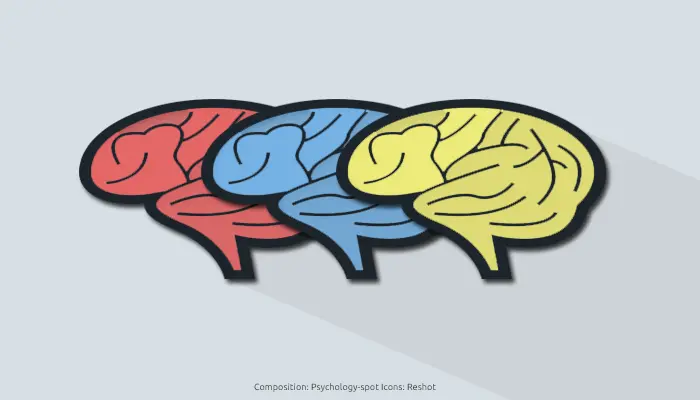
It is said that we mature with damage, not with age. The passage of time is not usually enough to generate valuable learning, we grow with the experiences we live. And when those experiences are painful or particularly difficult, they can indeed speed up the maturation process. Traumas, especially, can cause us to age faster than our peers.
The traumas generated by threatening situations accelerate aging
Children who experience trauma due to abuse or violence at an early age show biological signs of aging faster than those who have never experienced that degree of adversity. That was the main conclusion reached by researchers at Harvard University after analyzing three different signs of biological aging (early puberty, cellular aging and changes in the structure of the brain). They found that the consequences of psychological trauma were related to all three signs of early maturation.
These researchers studied two categories of adversity separately: That which stems from threats, such as abuse and violence, as well as adversity related to situations of deprivation, such as poverty, physical abandonment and emotional neglect.
After analyzing nearly 80 studies involving more than 116,000 participants, they found that children who experienced childhood trauma related to threats, such as violence or abuse, were more likely to enter puberty early and show signs of accelerated “aging” at the cellular level, including shorter telomeres, which are the “protective caps” on the ends of our DNA strands that wear down as we age.
The brain also ages as a result of psychological trauma
In a second analysis, these researchers reviewed 25 studies that included more than 3,253 participants to understand how adversity at a young age can affect brain development. They discovered that trauma is associated with a reduction in cortical thickness, a sign of aging since the cerebral cortex thins as the years go by.
In fact, they found that each type of adversity is related to a cortical reduction in different parts of the brain. Trauma and violence were associated with thinning of the ventromedial prefrontal cortex, an area involved in social and emotional processing. Instead, deprivation situations were related to a thinning of the visual networks and the frontoparietal area, which are linked to sensory and cognitive processing. This means that different types of trauma have a different impact at the brain level.
The researchers think that this accelerated aging could be an evolutionary adaptation. Centuries ago, in a violent and threatening environment, for example, reaching puberty earlier could increase the chances that children would be able to leave home and live on their own.
In addition, faster development of brain regions that play a key role in emotion processing could help children identify and respond to threats more assertively, keeping them safer in a dangerous environment.
However, the adaptations that were once useful today have serious consequences for physical and mental health since these children would be “skipping steps”. Indeed, faster aging at such a young age, one of the consequences of psychological trauma, suggests that the biological mechanisms that contribute to health disparities are set in motion very early in life.
That could explain, at least in part, why exposure to adversity in childhood is a predictor of health problems later in life, not just depression and anxiety, but also cardiovascular disease, diabetes, and cancer. This study suggests that being victims of violence and trauma early in life can cause the body to age faster at a biological level, with all the consequences that this implies.
Source:
Colich, N. et. Al. (2020) Biological Aging in Childhood and Adolescence Following Experiences of Threat and Deprivation: A Systematic Review and Meta-Analysis. Psychological Bulletin; 146(9): 721–764.



